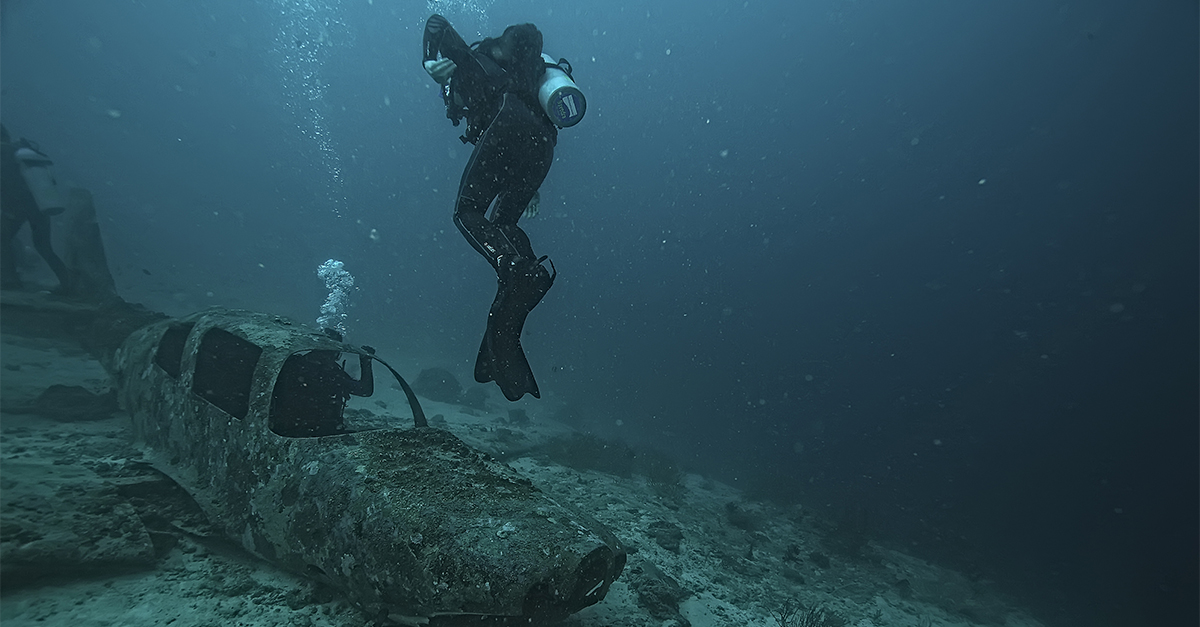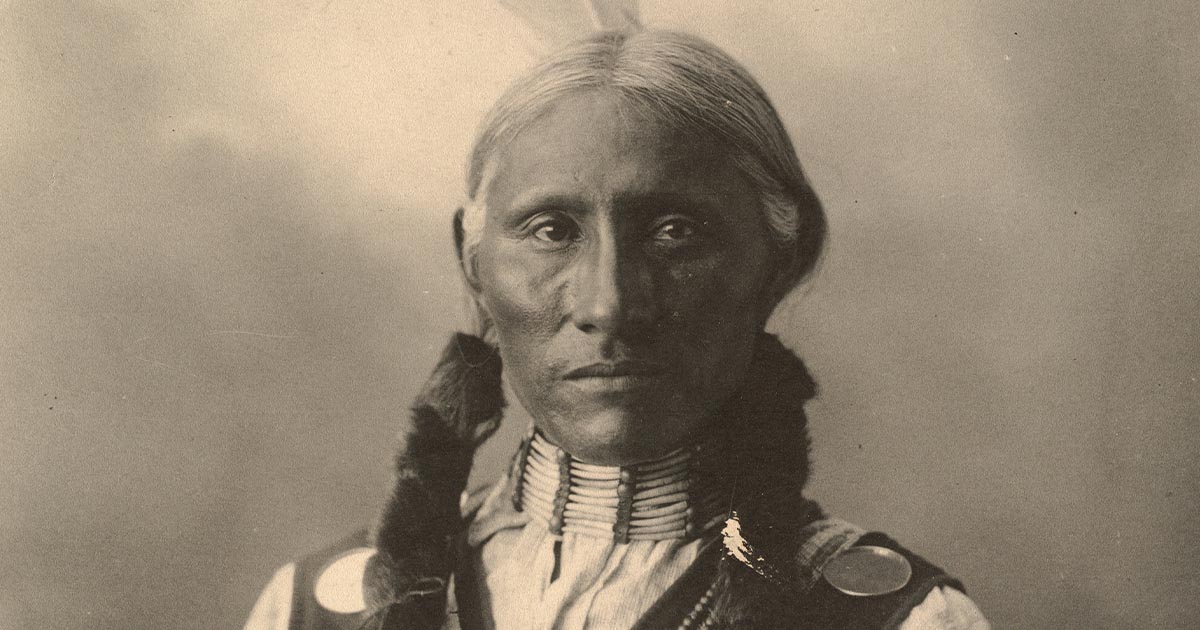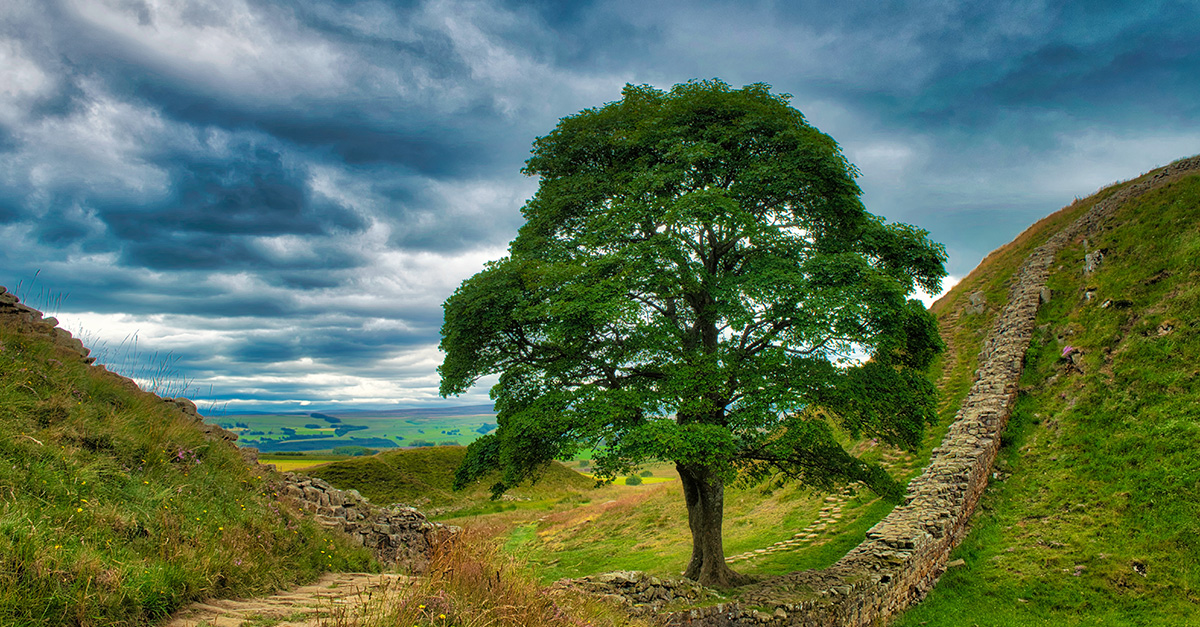A Discovery That Bridges Prehistory
The rocky floor of Brazil’s Dinosaur Valley holds footprints of long-lost creatures. And near them, you’d find that ancient humans carved shapes into the same stone.
Sousa Basin Formed Over 100 Million Years Ago
Long before humans carved their first symbols, ancient rivers sculpted the Sousa Basin into layered beds of clay and sandstone. Formed during the Early Cretaceous, this stretch of northeastern Brazil preserved traces of a world shaped by dinosaurs and shifting lakes.
Sousa Basin Formed Over 100 Million Years Ago (Cont.)
Geological surveys have shown that the basin’s sediments include fluvial and deltaic deposits—evidence of long-extinct river systems and floodplains. These layers have yielded multiple dinosaur ichnofossils, particularly in the Antenor Navarro Formation, which is one of the most fossil-rich intervals in the basin.
 Dinoturbation Tracks in the Sousa Basin, Brazil by Ismar Carvalho
Dinoturbation Tracks in the Sousa Basin, Brazil by Ismar Carvalho
Arid Climate Preserved Cretaceous Tracks
The semi-arid climate of Paraiba, with low rainfall and minimal vegetation, helped preserve dinosaur tracks by reducing erosion to allow sediments to harden and maintain clarity. These conditions prevented rapid weathering and enabled the fossilized impressions to survive with notable definitions across millions of years.
Theropod Tracks With Tridactyl Features Dominated The Site
Among the preserved prints, most belonged to meat-eating theropods that once roamed in groups. Their three-toed impressions (some over 40 cm long) indicate animals with powerful strides. These tridactyl shapes became signature markers of the site’s Cretaceous-era wildlife.
Serrote Do Letreiro Hosts The Overlapping Record
On a sandstone ridge named Serrote do Letreiro, two timelines meet. The site features a high concentration of fossilized dinosaur tracks and numerous abstract petroglyphs. These carvings, which include spirals and geometric shapes, quietly coexist with footprints laid down millions of years earlier.
Stratigraphy Confirms Two Layers Of Time
Geologists reading the sedimentary record noted clear distinctions in age and origin. Dinosaur prints are found in deeper layers, having been pressed into ancient floodplains. Petroglyphs cut across younger surfaces, often near the top crust. This vertical separation confirms a time gap spanning tens of millions of years.
Petroglyphs Are Etched Into Rock Just Inches From Fossils
At Serrote do Letreiro, human carvings sit startlingly close to fossilized dinosaur tracks. In some areas, the distance between a petroglyph and a three-toed print is less than 30 centimeters. This spatial relationship hints at an awareness of the older markings.
 Lucia Barreiros da Silva, Wikimedia Commons
Lucia Barreiros da Silva, Wikimedia Commons
Petroglyphs Are Etched Into Rock Just Inches From Fossils (Cont.)
Archaeologists employed drone mapping and GPS to chart the proximity between glyphs and tracks. Several carvings align with the direction of dinosaur paths. Their parallel orientation and consistent avoidance of overlap support theories that early artists recognized and respected the fossil footprints they encountered.
Pecking And Incision Were Primary Carving Techniques
To create the petroglyphs, prehistoric artists employed techniques such as pecking and incising. These methods left behind narrow, V-shaped grooves, often visible only under magnification. The consistency of these markings across the site points to a practiced and deliberate form of expression.
 Dinoturbation Tracks in the Sousa Basin, Brazil by Ismar Carvalho
Dinoturbation Tracks in the Sousa Basin, Brazil by Ismar Carvalho
Spirals And Geometric Forms Define The Glyphs
Instead of showing people or animals, the carvings feature abstract shapes. Circles with radial lines and star-like motifs dominate the site. Their repetition and layout suggest a symbolic or ritual use, though the precise meaning remains unclear without cultural context or direct continuity.
 Dinoturbation Tracks in the Sousa Basin, Brazil by Ismar Carvalho
Dinoturbation Tracks in the Sousa Basin, Brazil by Ismar Carvalho
Quartzite Tools Found Nearby Suggest Local Material Use
Quartzite, abundant in northeastern Brazil, may have been used to carve the petroglyphs at Serrote do Letreiro. Although no tools have been recovered from the site, the grooves suggest stone tool use, a technique consistent with broader hunter-gatherer traditions across the region during the Late Holocene.
 Manishwiki15, Wikimedia Commons
Manishwiki15, Wikimedia Commons
Spatial Avoidance Of Dinosaur Tracks Shows Intentional Respect
None of the petroglyphs interfere with or deface the fossil tracks despite their closeness. Carvings often hug the outer edges of the prints without touching them. This careful placement has led researchers to believe the artists recognized the tracks as significant features.
 Clemens Schmillen, Wikimedia Commons
Clemens Schmillen, Wikimedia Commons
Radiocarbon Samples Date The Glyphs To 9,400–2,620 Years Ago
A 2024 study in Scientific Reports estimates that the petroglyphs date back between 9,400 and 2,620 years ago. This estimate draws on radiocarbon data from human burials found at nearby sites, including Pedra do Alexandre. The carvings are thus placed within the Late Holocene period.
Radiocarbon Samples Date The Glyphs To 9,400–2,620 Years Ago (Cont.)
From that, dating relies on radiocarbon analysis of burials from nearby sites, as no direct charcoal samples from Serrote do Letreiro have been confirmed. This broader regional data supports a Late Holocene timeframe, consistent with known hunter-gatherer patterns across northeastern Brazil during that period.
No Human Remains Found—Only The Marks They Left
Despite careful digging across multiple panels, no human bones or shelters have been unearthed. What remains are their carvings—meticulously placed and strategically spaced. Without bodies or dwellings, these abstract designs are the only traces of the people who made them.
 Bruno Marques SS PB, Wikimedia Commons
Bruno Marques SS PB, Wikimedia Commons
Tool Usage Patterns Show Repeated Visits Over Centuries
Variations in groove depth and clarity suggest possible contributions by different generations, though direct evidence of repeated visits over centuries is lacking. Some glyphs remain sharply defined, while others show signs of weathering due to long-term exposure. It’s not because of multiple carving episodes.
 Allan Patrick, Wikimedia Commons
Allan Patrick, Wikimedia Commons
Carvings Cluster Around Trackways, Not Randomly Placed
Rather than being spread evenly across the rock surface, most petroglyphs cluster around prominent dinosaur trackways. One tri-lobed theropod path, in particular, is flanked on both sides by abstract markings. Now, is it because of an intentional link between the carvings and the fossilized tracks? We need to find out.
 Dinoturbation Tracks in the Sousa Basin, Brazil by Ismar Carvalho
Dinoturbation Tracks in the Sousa Basin, Brazil by Ismar Carvalho
Some Glyphs Mirror The Shape Of Tridactyl Tracks
A handful of carvings share the triangular, three-pronged shape of the dinosaur footprints nearby. These are not exact replicas, but the visual echoes are striking. Scholars believe early carvers may have drawn symbolic inspiration from the footprints they encountered embedded in ancient stone.
 Unknown authorUnknown author, Wikimedia Commons
Unknown authorUnknown author, Wikimedia Commons
The Fossil Veneration Hypothesis Emerges
Some archaeologists suggest that prehistoric artists recognized the tracks as relics of powerful beings or natural events. The careful spacing of glyphs around the prints, combined with their non-invasive placement, could hint at a possible reverence for the fossilized imprints in stone.
 Dinoturbation Tracks in the Sousa Basin, Brazil by Ismar Carvalho
Dinoturbation Tracks in the Sousa Basin, Brazil by Ismar Carvalho
No Overlap With Other Rock Art Styles In Brazil
Brazil’s best-known rock art, like the one at Serra da Capivara, features animals and hunting scenes. In contrast, the glyphs at Serrote do Letreiro show only abstract forms. This stylistic isolation suggests a unique cultural or symbolic context tied specifically to that geological setting.
 Unknown authorUnknown author, Wikimedia Commons
Unknown authorUnknown author, Wikimedia Commons
Lack Of Settlement Features Suggests Ritual Use Only
The site lacks hearths or housing foundations—things that are typically found at habitation sites. Excavation zones revealed only carving tools and charcoal fragments, which is why researchers interpret this as evidence that the location was used temporarily, likely for symbolic or ceremonial activity.
Paleoart Classification Recognized In 2024 Study
In March 2024, a study published in Scientific Reports identified Serrote do Letreiro as an official paleoart site. The paper argued that the human carvings were deliberately placed in response to existing dinosaur tracks by representing one of the world’s clearest examples of symbolic interaction with fossils.
 aventura no serrote letreiro #serrote by Seu Tintin Comedia BR
aventura no serrote letreiro #serrote by Seu Tintin Comedia BR
Paleoart Classification Recognized In 2024 Study (Cont.)
Building on this, the research team from Brazil’s Federal University of Paraiba and France’s CNRS used stratigraphic and spatial mapping to confirm patterns. Glyphs often flanked tridactyl prints, never crossed them. This alignment supported the theory that placement was intentional, not accidental or coincidental.
Parallel Case Studies Exist In Utah
Ancient carvings have been documented near dinosaur tracks at sites like Poison Spider Mesa in Moab, Utah, as well. Though the carvings are less concentrated and not directly adjacent, these examples suggest symbolic engagement.
Only South American Site With Direct Petroglyph-Fossil Proximity
Serrote do Letreiro remains the only confirmed site in South America where prehistoric carvings appear within centimeters of fossilized dinosaur tracks. Despite extensive surveys across Brazil, no other site has revealed such direct spatial interaction between ancient human expression and Mesozoic trace fossils.
 aventura no serrote letreiro #serrote by Seu Tintin Comedia BR
aventura no serrote letreiro #serrote by Seu Tintin Comedia BR
Human Reactions To Fossils Recorded Globally In Oral Traditions
Around the world, Indigenous traditions have linked fossils to spiritual or mythological themes. Navajo stories describe giant tracks as those of monsters. Chinese legends speak of dragon bones. Aboriginal Australians see fossil beds as ancestral grounds. These links illustrate how fossils influenced early human understanding of natural history.
 Unknown authorUnknown author, Wikimedia Commons
Unknown authorUnknown author, Wikimedia Commons
No Mythic Continuity Survives From Brazilian Indigenous Groups
Despite documented myths from many Brazilian Indigenous peoples, none mention large stone footprints or fossil impressions. Researchers have combed oral histories from the Paraiba region but found no symbolic legacy tied to dinosaur tracks, which suggests that the cultural memory of these features was not retained.
 Eliezerscosta, Wikimedia Commons
Eliezerscosta, Wikimedia Commons
Symbolic Behavior Predates Agriculture In The Region
Archaeological layers across northeastern Brazil reveal abstract carvings that date back to a time before farming began. In sites like Itacoatiara do Inga, petroglyphs predate domesticated crops. This supports the idea that symbolic thinking, including fossil-related art, arose from cognitive needs rather than agricultural settlement or sedentary life.
 Lucia Barreiros da Silva, Wikimedia Commons
Lucia Barreiros da Silva, Wikimedia Commons
Low Academic Attention Due To Eurocentric Bias
For much of the 20th century, prehistoric South American sites received little attention in global archaeological literature. European cave art, especially from France and Spain, dominated scholarly focus. This imbalance delayed the recognition of sites like Serrote do Letreiro as key windows into symbolic cognition.
Conservation Priorities Have Focused Elsewhere In Brazil
But now, Brazil has prioritized funding and protections for high-profile sites, such as Serra da Capivara, which holds UNESCO status and has a well-developed tourism infrastructure. In contrast, Serrote do Letreiro remains largely unprotected. No formal conservation plans exist, which leaves the site vulnerable to erosion and vandalism.
 Diego Rego Monteiro, Wikimedia Commons
Diego Rego Monteiro, Wikimedia Commons
Conservation Priorities Have Focused Elsewhere In Brazil (Cont.)
Field researchers report signs of unauthorized access and surface degradation, including footprints near fossil tracks. Without signage or enforcement, visitors often walk directly on both carvings and tracks. Local communities, although aware of the site, often lack the resources and training necessary to support its effective preservation.
 Dinoturbation Tracks in the Sousa Basin, Brazil by Ismar Carvalho
Dinoturbation Tracks in the Sousa Basin, Brazil by Ismar Carvalho
Microscopic Analysis Differentiates Ancient From Modern Marks
Researchers applied scanning electron microscopy (SEM) to analyze the surface structure of the carvings. Ancient marks displayed weathered patina and microscopic fractures typical of quartzite percussion. However, modern graffiti lacked aging signs and showed smooth, sharp edges produced by contemporary metal or plastic instruments.
GPS Mapping Revealed Overlooked Clusters In 2019 Survey
A 2019 expedition used high-resolution GPS and drone imaging to remap the site. This effort revealed additional petroglyph clusters that were previously overlooked due to their shallow incision and surface wear. Many of these newly identified carvings also appeared adjacent to lesser-known fossil trackways.
Estimated Age Based On Nearby Sites
No organic material suitable for radiocarbon dating has been found at Serrote do Letreiro. Researchers estimate the petroglyphs’ age, between 9,400 and 2,620 years, using data from nearby burial sites, such as Pedra do Alexandre, to provide a general timeframe for their likely creation period.
 aventura no serrote letreiro #serrote by Seu Tintin Comedia BR
aventura no serrote letreiro #serrote by Seu Tintin Comedia BR
Estimated Age Based On Nearby Sites (Cont.)
Because datable material is lacking at Serrote do Letreiro, researchers rely on broader archaeological timelines from nearby sites. These serve as a general reference for estimating age. Improved techniques or future excavations may eventually allow for direct dating of the carvings at the site itself.
 Western Arctic National Parklands, Wikimedia Commons
Western Arctic National Parklands, Wikimedia Commons
3D Imaging Used To Preserve And Share The Site Digitally
Using photogrammetry and LiDAR scanning, researchers created a high-resolution 3D model of Serrote do Letreiro. This digital record preserves the site’s current state. It provides global researchers with remote access to study its details, which helps reduce the physical impact of foot traffic and weather exposure.
 David Monniaux, Wikimedia Commons
David Monniaux, Wikimedia Commons
3D Imaging Used To Preserve And Share The Site Digitally (Cont.)
Building on this, the model documents surface features and tridactyl tracks in detail. By being archived in open-access platforms, it enables cross-site comparisons and remote research. Annual monitoring also helps document erosion trends by making it a vital tool for long-term preservation strategies.
 Creative Tools from Halmdstad, Sweden, Wikimedia Commons
Creative Tools from Halmdstad, Sweden, Wikimedia Commons
Excavation Permits Took Nearly A Decade To Obtain
Excavation permits are likely to have faced delays due to bureaucratic hurdles, although specific timelines are undocumented. Early research was limited to surface observations and non-invasive methods. This reflected the complexities of managing a site governed by overlapping municipal and federal jurisdictions in northeastern Brazil.
Brazilian Geologists And French Archaeologists Led The Study
Brazilian researchers from IPHAN and UFRN analyzed stratigraphy, identified fossilized tracks, and studied the symbolic aspects of petroglyphs. Their interdisciplinary collaboration provided critical insight into both the physical context and potential meanings of the carvings found on this site.
 Marcos Elias de Oliveira Júnior, Wikimedia Commons
Marcos Elias de Oliveira Júnior, Wikimedia Commons
Earlier Surveys Missed The Glyphs Entirely
Before 2015, researchers concentrated on mapping dinosaur tracks. Although petroglyphs were recorded in 1979, their relationship to the fossil prints wasn’t identified until drone imagery was employed. Recent aerial data and field surveys revealed how the carvings consistently follow the sandstone trackways with deliberate placement.
 Josh Sorenson, Wikimedia Commons
Josh Sorenson, Wikimedia Commons
Digital Preservation Becomes A Vital Safeguard
Researchers rely on drone imaging and 3D modeling to digitally preserve Serrote do Letreiro. These technologies record fragile carvings and dinosaur tracks threatened by erosion. The digital archive also enables detailed study and ensures access to the site’s data in the event of physical loss.
 Greg Willis from Denver, CO, usa, Wikimedia Commons
Greg Willis from Denver, CO, usa, Wikimedia Commons
Limited Community Resources Hamper Preservation
Residents living near Serrote do Letreiro are often aware of the tracks but remain unaware of their scientific significance. Community outreach remains limited, and no local museum or signage interprets the site. Strengthening community involvement will drastically increase cultural appreciation.
Climate Change Accelerates Rock Surface Degradation
Recent studies have also linked extreme weather patterns in northeastern Brazil to accelerated surface erosion at Serrote do Letreiro. Increased rainfall intensity and temperature swings have exacerbated microcracking in the sandstone, which puts the fossil tracks and petroglyphs at a greater risk of natural deterioration.
 Unknown authorUnknown author, Wikimedia Commons
Unknown authorUnknown author, Wikimedia Commons
Global Attention Vs Local Disconnection
To sum it all up, despite international media attention, local awareness of Serrote do Letreiro’s scientific significance remains limited. Without dedicated outreach and preservation efforts, researchers face challenges in fully assessing and protecting its heritage.
 aventura no serrote letreiro #serrote by Seu Tintin Comedia BR
aventura no serrote letreiro #serrote by Seu Tintin Comedia BR






















